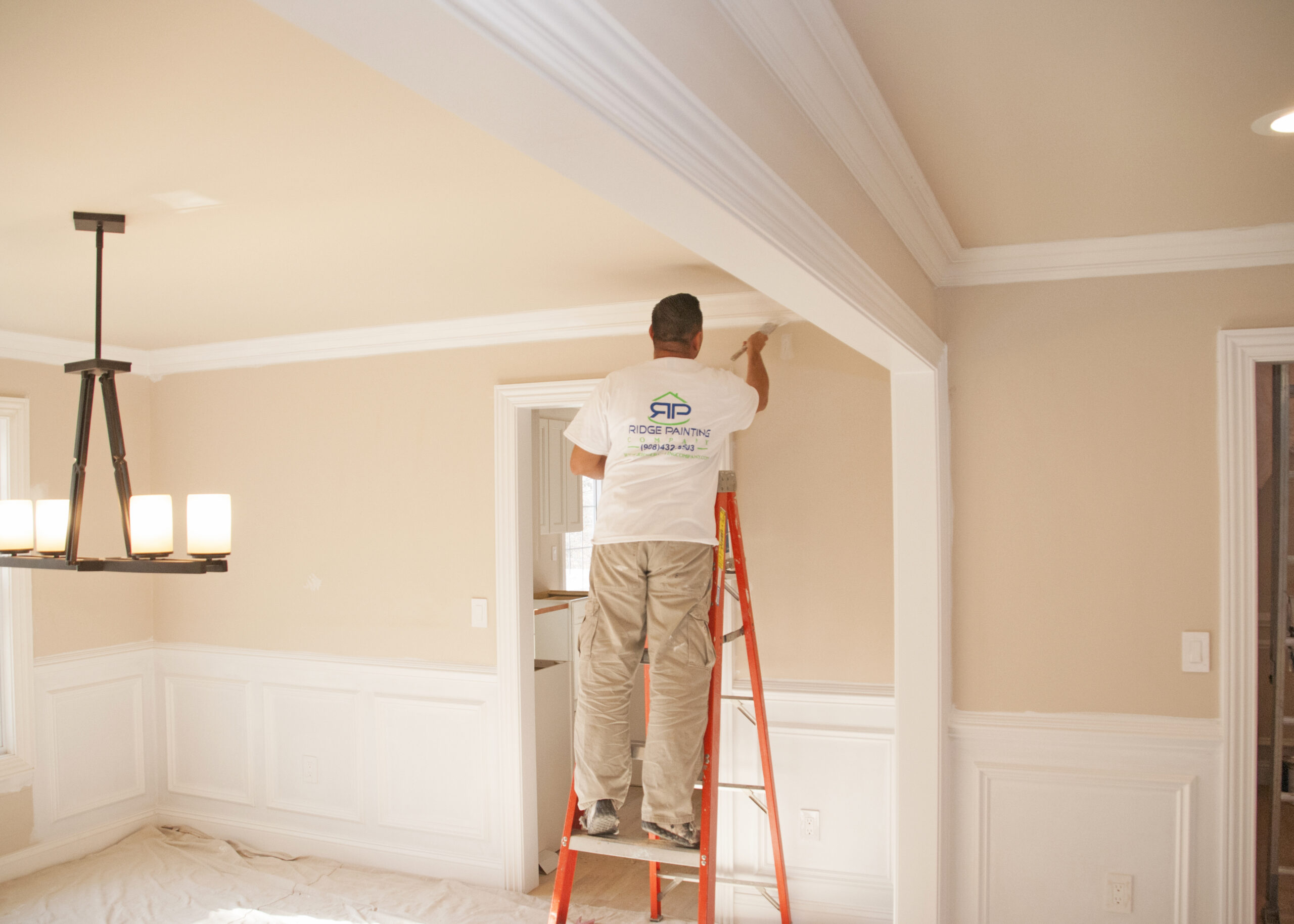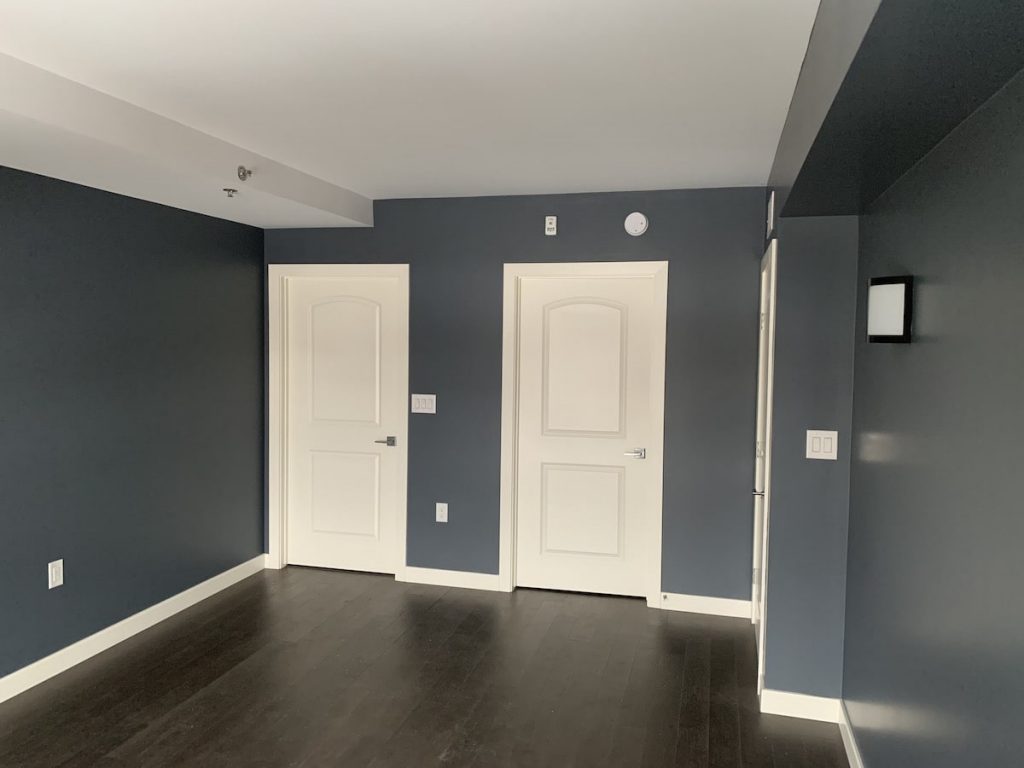Expert Lakewood Interior Painting for Residential and Commercial Properties
Expert Lakewood Interior Painting for Residential and Commercial Properties
Blog Article
Enhance Your Interior Decoration With Comprehensive Color Appointment
The assimilation of shade assessment into interior decoration presents a distinct possibility to refine and raise the emotional and aesthetic resonance of an area. By involving with an experienced shade expert, you can navigate the complexities of shade option, ensuring that your options not just enhance building functions however additionally reverberate with individual style and emotional influence. This strategic collaboration can dramatically affect the overall environment of your setting, promoting a sense of harmony and objective. Nevertheless, comprehending the nuances of this procedure is crucial-- what key elements should be taken into consideration to attain optimum results?
Advantages of Shade Examination

Furthermore, shade consultation aids in making best use of all-natural light and maximizing spatial understanding. Lighter colors can make an area show up more large, while darker shades produce an intimate setting. Cleveland Metro Painting Specialists. This calculated application of color can substantially affect the total setting of any indoor room
Furthermore, professional experts possess a comprehensive understanding of ageless standards and present trends, guaranteeing that the selected colors will remain appealing gradually. This foresight can conserve customers from costly redesigns in the future. Shade consultation equips customers by giving them with a clear vision and instructions, fostering self-confidence in their design options and inevitably leading to a more successful and rewarding indoor design end result.
Recognizing Shade Psychology
The importance of color psychology in indoor layout can not be overstated, as it looks into the psychological and psychological results that various hues can stimulate in people. Colors can influence mood, behavior, and even performance, making them an important consideration in any style project.
As an example, cozy colors such as red, orange, and yellow are typically connected with power and warmth. They can promote feelings of excitement and convenience, making them appropriate for social spaces like living spaces or kitchens. Conversely, trendy colors like blue, eco-friendly, and purple often tend to evoke peace and tranquility, making them ideal for bedrooms or reflection areas.
In addition, using neutral tones can create a balanced setting by enabling the bolder colors to stand out without frustrating the senses. Recognizing these psychological influences allows developers to create rooms that not just look visually pleasing but likewise advertise emotional health.
Incorporating shade psychology into interior decoration entails a thoughtful selection of hues customized to the designated function of each area, ultimately enhancing the overall experience for its passengers. This awareness is critical for attaining a unified and functional indoor setting.
The Color Wheel Discussed
It comprises primary shades-- red, blue, and yellow-- that can not be developed by mixing various other colors. Tertiary colors result from blending a main and a second shade, leading to hues such as red-orange and blue.
The color wheel aids designers comprehend the relationships in between shades, including complementary, analogous, and triadic plans. Corresponding shades, located opposite each other on the wheel, create dynamic contrasts that can invigorate a space.
Making use of the color wheel in indoor style not only enhances visual allure yet also stimulates certain emotions and ambiences, making it a vital reference for shade assessment. Comprehending these partnerships inevitably encourages developers to produce rooms that are both functional and visually exciting.
Choosing the Right Combination
A well-chosen color plan can combine an area, improve its functions, and stimulate wanted emotions. Various areas offer diverse functions and call for palettes look at this site that reflect their intended usage; for instance, serene colors such as soft blues or greens work well in bedrooms, advertising relaxation.
Following, think about the all-natural light offered. Light can considerably change exactly how shades appear, so it is vital to examine the room at different times of the day. Furthermore, think about existing building aspects and home furnishings. An unified scheme must enhance these attributes, producing a cohesive appearance throughout the space.
When picking shades, use the 60-30-10 policy, which suggests that 60% of the room should be a dominant color, 30% an additional color, and 10% an accent color. This ratio ensures balance and aesthetic passion (Cleveland Metro Painting Specialists). Sample colors on the wall surfaces before devoting, as this enables you to see exactly how the hues engage with one another and the general ambiance they create in your indoor design task.
Dealing With a Shade Expert

When dealing with a shade professional, the process typically begins with a first consultation. Throughout this meeting, you'll discuss your vision, preferences, and the existing components in your space. The consultant will certainly evaluate your demands and might recommend particular color combinations that align with your goals.
After establishing a direction, the specialist will offer samples and aesthetic help to assist you visualize the proposed color schemes. This action is vital, as shades can appear differently under differing illumination conditions.
Additionally, a color specialist can guide you in choosing complementary furnishings, art work, and devices to balance with your picked palette. By teaming up very closely, you can attain a polished visual that elevates your insides and develops a welcoming ambience. Eventually, the experience of a shade consultant can substantially improve the total influence of your style job.
Final Thought
In recap, thorough color assessment functions as an important device for enhancing interior design. By leveraging professional expertise of shade psychology and spatial characteristics, a tailored color read palette can be developed to stimulate certain emotions and develop a harmonious environment. This critical approach not just fosters a cohesive style story however likewise reduces the danger of costly redesigns. Ultimately, involving with a shade professional makes sure an educated and visually pleasing outcome, elevating the overall experience of the space.
By engaging with a skilled color specialist, you can browse the complexities of color selection, guaranteeing that your anonymous selections not only enhance building features yet likewise resonate with individual design and mental effect. It makes up primary shades-- red, blue, and yellow-- that can not be created by mixing various other colors.The shade wheel assists developers grasp the relationships between shades, including complementary, comparable, and triadic schemes.When choosing shades, use the 60-30-10 policy, which recommends that 60% of the room should be a leading shade, 30% a secondary shade, and 10% an accent color. By leveraging specialist expertise of color psychology and spatial characteristics, a customized color palette can be developed to evoke details emotions and create a harmonious atmosphere.
Report this page